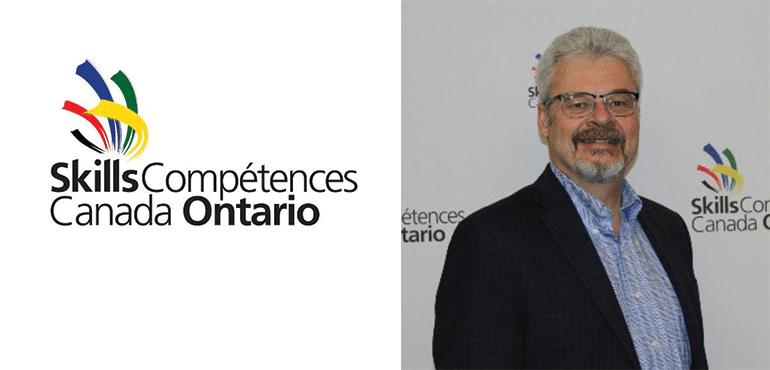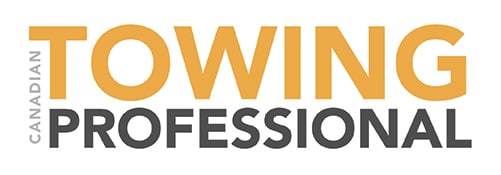SKILLSONTARIO TAKES TRADES PROMOTION ONLINE
BY MAX REID
Last year saw the collision industry endure a period of uncharacteristic helplessness for a trade so foundationally dedicated to ingenuity and independence.
The pandemic kept shops apart from their customers, and by extension, the communities in which they operate. Many felt, understandably, as though they were losing their reach as a shop in the wider collision repair landscape.
However, in certain ways, the pandemic gave us the skills to rethink the ways we engage with the industry. Zoom calls and YouTube tutorials are now a part of daily life and educators in the training sector of the collision repair industry are capitalizing on the extended geographical reach that an online-based learning model provides.
That is why Collision Repair spoke with the CEO of SkillsOntario, Ian Howcroft, to discuss the ways in which the pandemic, while putting a large part of in-person training on hold, allowed for the provincial trades organization to pivot toward other methods of delivering their content.
“I have to say, the pandemic has been the most impactful and memorable event, for a variety of reasons,” said Howcroft over Zoom. “It caused us to have to look at all we did and how we did it, because we are an organization that went into schools; provided in-person experiential events, conferences, competitions, contests. As of last spring, we had to pivot completely 180-degrees to offer everything remotely, virtually and digitally.”
Howcroft and SkillsOntario spent much of the spring last year, when the COVID-19 pandemic was in full swing and many businesses were under lockdown, developing alternate programming to deliver students a fulfilling training experience while making use of remote technologies.
“We had been talking about what we need to do to better take advantage of remote technology. ‘Can we have more people work from home?’ Most of our staff were already around the province going out to the schools, so it accelerated our work in this area,” said Howcroft.
“I think one of the key examples, which we’ve learned from, is our summer camp program. We used to hold about 24, 25 summer camps in the province, at a college or a facility, and we’d have the kids come out and have a one-week opportunity. Obviously, we couldn’t do that last summer, but we still wanted to provide skills-based and technology-based activities for kids. So, we put together different 35 activity events that we delivered remotely.”
The organization has already seen this transition pay off, says Howcroft, who noted how much greater of a reach online learning provides.
“Normally, we get about 400 kids at our camp program. Last year, we engaged about 800 kids in a variety of activities.” As to be expected, there were challenges, however. Namely, an apprehension among some in the industry to engage with online learning opportunities and virtual tradeshows.
“We fared fairly well. When we had our big showcase events with our competitions, we would get tens of thousands of people, true. But we can’t do that in the same way remotely. We are using a very sophisticated platform, called vFairs to deliver our programming in May.”
Howcroft says that while the industry seems excited to get back out and networking, not every business is in the situation to be able to facilitate the transition to online events. “We all recognize that it’s not going to be the same. All of our partners that I’ve talked to have continued to express their support for SkillsOntario. Some have had to lessen the amount because of their own financial issues. Some had to say, ‘Can we defer until we go back to in-person events?’”
Where SkillsOntario is truly directing its big-picture focus is not solely on the dollars and cents, however, but on the hearts and minds of not only prospective technicians entering the industry, and almost as importantly, on changing the perception of work in collision repair and getting parents on board with helping to make it a viable career choice for their children.
“We want to get the parents on board as well, because they often say ‘Go to university,’ or ‘Don’t look at that opportunity’, because they don’t have a full and comprehensive understanding of what the realities are. They are also dealing with perception. We’re trying to dispel the negative myths and present information in an accurate way,” said Howcroft.
In all, the past year has posed significant challenges to nearly every aspect of our industry, but it has also demonstrated the co-operation and perseverance of collision repairers, educators and students alike to continue along on their paths and create new solutions at every turn.
“It’s been a learning process for us, but I have to again applaud and recognize the team at Skills Ontario for their support,” said Howcroft.























